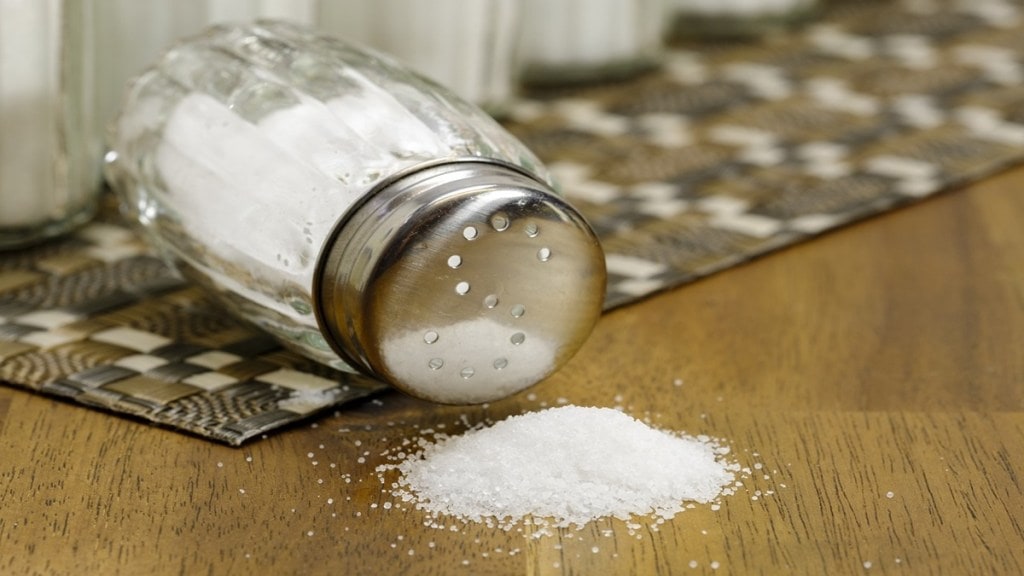The growing burden of unhealthy diets constitutes a major public health and development challenge across the world. According to the World Health Organization (WHO), urgent action is required to modify the over-production and over-consumption of foods and beverages that do not have a healthy nutritional profile.
The global health agency emphasises that excess consumption of sodium, sugars and unhealthy fats, particularly trans-fatty acids (trans fats) and saturated fatty acids, and low consumption of whole grains, pulses, vegetables and fruits is one of the major concerns globally.
A diet high in sodium may lead to raised blood pressure, increasing the risk of cardiovascular diseases.
“Cardiovascular diseases (CVDs) are the leading cause of death in India, with high blood pressure responsible for almost one quarter of the 2.3 million CVD-related deaths per year. India has committed to achieving the global target of reducing the population’s salt intake by 30% by 2025 to reduce the burden of non-communicable diseases (NCDs),” Dr. Eram Rao, Professor, Department of Food Technology, Bhaskaracharya College of Applied Sciences, University of Delhi told Financial Express.com.
How much salt Indians consume?
Salt intake in India is about 11 g per day, exceeding the WHO’s recommended maximum intake of 5 g per day. Dr. Rao maintains that current evidence suggests that the main source of dietary salt in India is from added salt during cooking.
However, India is presently undergoing a rapid epidemiologic, demographic, and nutrition transition, and salt intake from pre-prepared packaged foods may be increasing as a result, as seen in other countries which have undergone a similar transition.
“The global average sodium intake is estimated to be 4310 mg/day (equivalent to 10.78 g/day). This leads to almost 2 million deaths each year. WHO recommends that adults maintain their daily intake of sodium at less than 2000 mg (equivalent to less than 5 g of salt),” Dr. Rao told Financial Express.com.
How can we reduce the intake of sodium from our diets?
Implementing sodium reduction policies could save an estimated 7 million lives globally by 2030. Some of these can include:
- Reformulating foods to contain less salt and setting targets for the amount of sodium in foods and meals.
- The link between high salt intake and an increased risk of hypertension and CVDs has led to the recommendation that dietary sodium intake be reduced. But the palatability of many foods declines as the salt content is reduced, making it difficult for individuals to undertake and then maintain a low-salt diet. Seasonings such as MSG, spice mixes, condiments and herbs improve the acceptability of foods with lowered salt content, suggesting that their use in low-salt foods will make it easier for people to establish and maintain a low-salt diet.
- Front-of-package labelling that helps consumers select products lower in sodium.
- Behaviour change communication and mass media campaigns are imperative to push consumers to lower their salt/sodium consumption.
